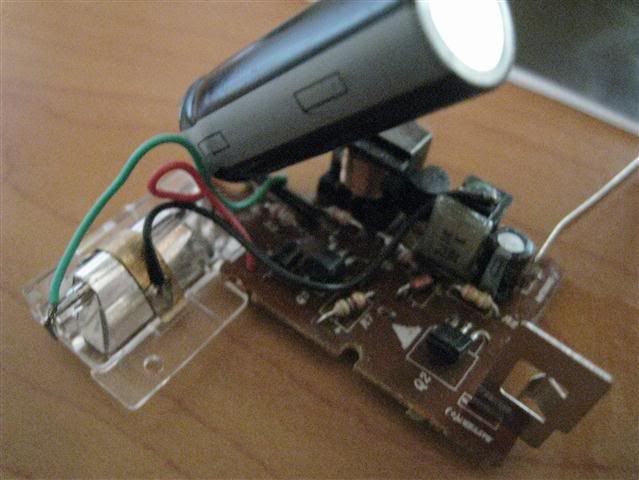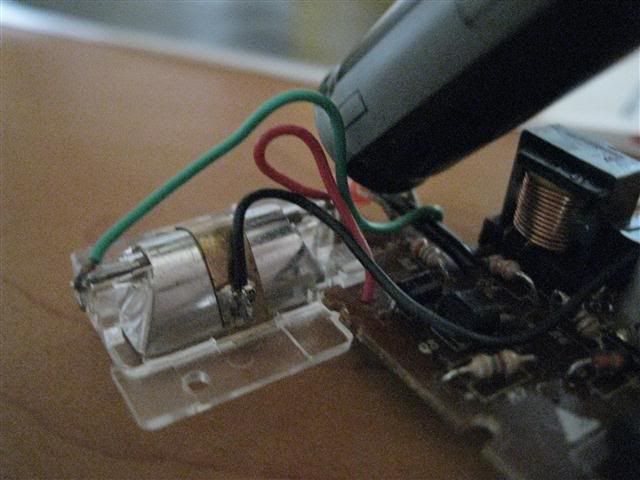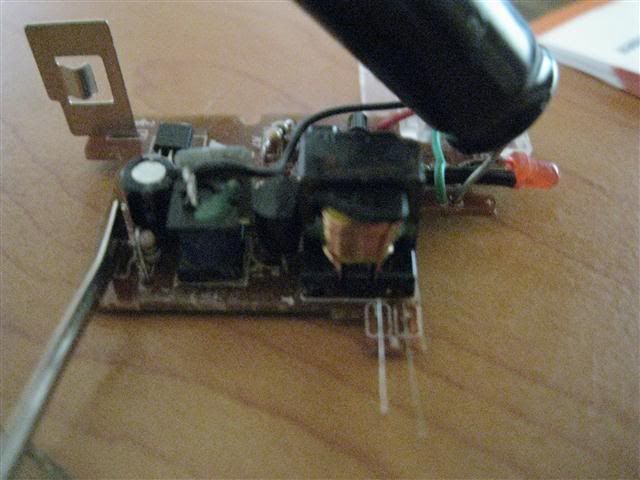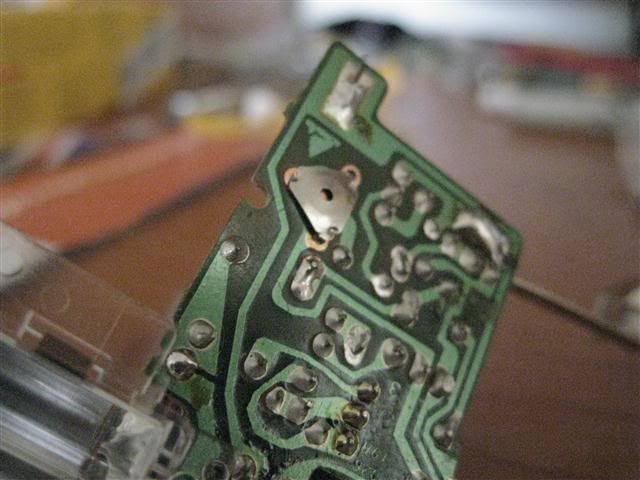Hello everyone
I am looking to do a physics experiment for electromagnetic induction and I think it owuld be interesting to do it on a coil gun / gauss gun.
I have seen many youtube guides and such showing how to build them using disposable cameras, however Im wondering how I can make one using different rated capacitors. I dont know an awful amount about electronics but I know the capacitor is instrumental to getting the large current discharged in a short time.
Would it be as simple as hooking up a capacitor to a power source to a coil/pipe set up, or would more complex circuitry be required?
I only have about a week to actually build the rail gun before i need to experiment, so that is a factor that must be taken into consideration.
Thanks for any potential help!
<3 from me
I am looking to do a physics experiment for electromagnetic induction and I think it owuld be interesting to do it on a coil gun / gauss gun.
I have seen many youtube guides and such showing how to build them using disposable cameras, however Im wondering how I can make one using different rated capacitors. I dont know an awful amount about electronics but I know the capacitor is instrumental to getting the large current discharged in a short time.
Would it be as simple as hooking up a capacitor to a power source to a coil/pipe set up, or would more complex circuitry be required?
I only have about a week to actually build the rail gun before i need to experiment, so that is a factor that must be taken into consideration.
Thanks for any potential help!
<3 from me










